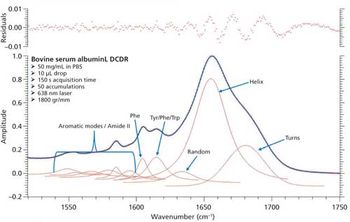
Spectroscopy
Miniaturization of analytical instruments of various forms of spectroscopy has improved dramatically in recent years mainly because of the requirements in certain areas such as space, industrial, and environmental research. Research into miniaturization is primarily driven by the need to reduce the instrumental space and costs by reducing the consumption of expensive reagents and by increasing throughput and automation. Like other fields, analytical systems have also been affected by novel ideas and unprecedented advances in the microelectronics leading to miniaturization of different components in recent years. This article presents an overview of the current developments in the miniaturization of analytical instruments for mainly detecting metals at extremely low concentration levels, with some important examples from areas such as space, mineral exploration, the environment, and pharmaceuticals, focusing primarily on advancements as well as the challenges that have impacted from some of the major international manufacturers.


